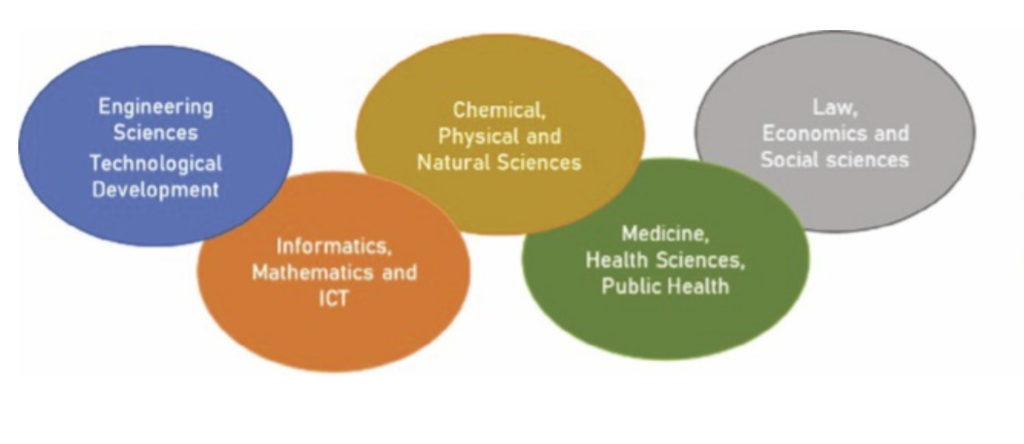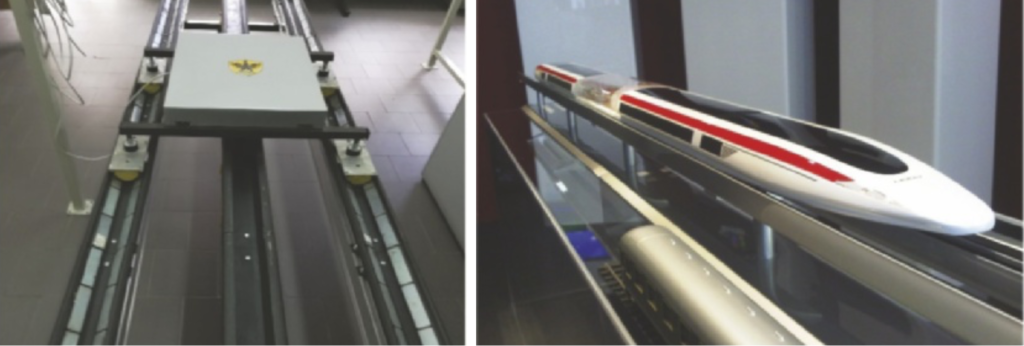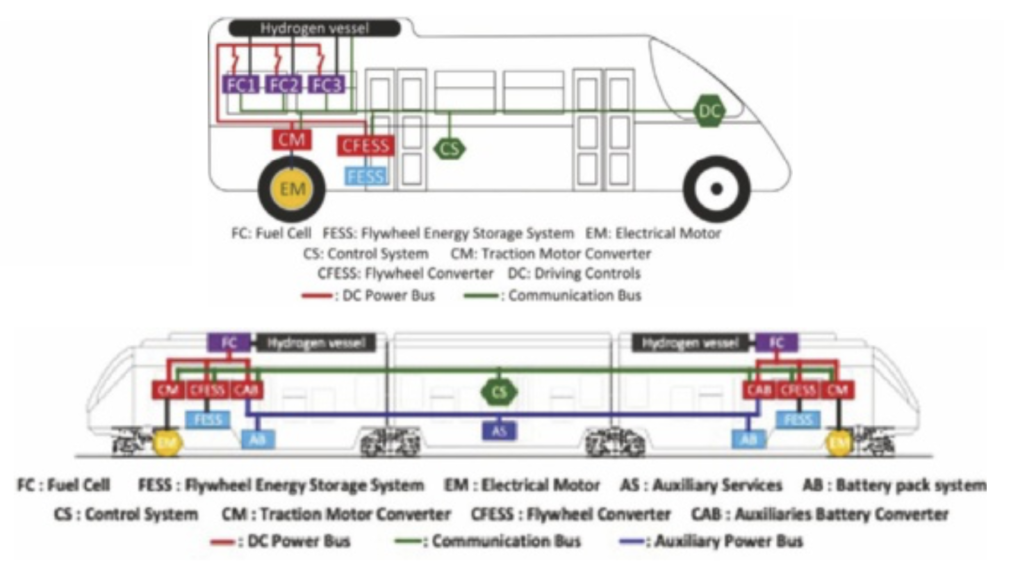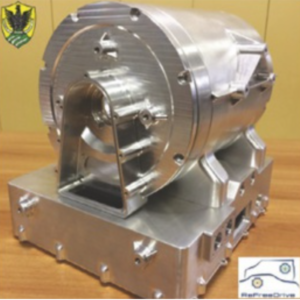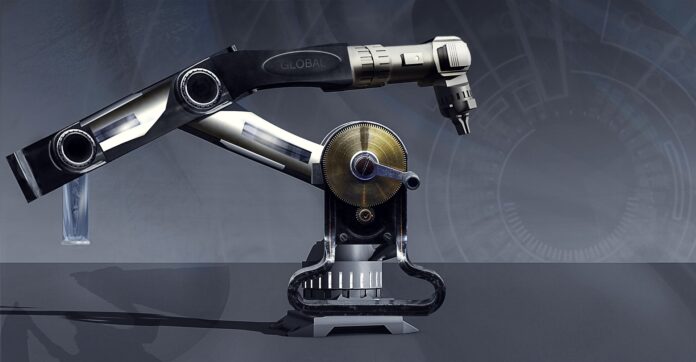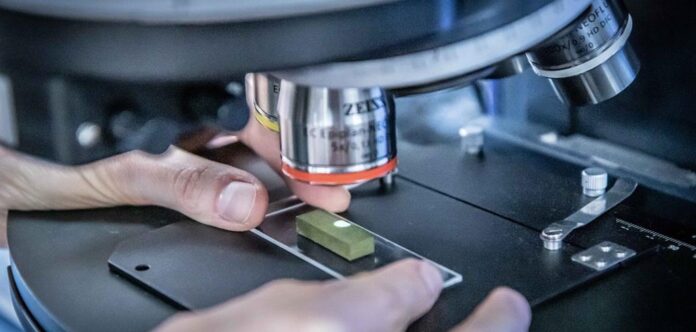Coiltech Electric Motor Talks are going on successfully, with the target – always hit – of strengthening the technical collaboration among experts in the specific sector. On May 26th 2021 it was the turn of Cooling Systems, crucial theme that remarkably influences electric motors’ efficiency. Quality speeches were delivered by speakers from different parts of the world, in the ambit of this joint initiative of University of L’Aquila and of Coiltech to promote the exchange of know-how between Coil Winding specialists and related fields.
The webinar was introduced, as usual, by Sebastian Kuester, CEO of Quickfairs, and Prof. Marco Villani, professor at University of L’Aquila and technical director of Electric Motor Engineering. «A critical element in the matter of an electric motor’s efficiency is characterized by inner components’ temperature».
Moreover, the evocative image to introduce the key topic of this session dedicated to Cooling Systems was particularly nice: a fine ice cream!
The first speech of the proceedings was cared by Mircea Popescu from Motor Design Ltd who cast the spotlights on “Advanced cooling systems for high power, torque density e-motors”, study carried out in synergy with Yew Chuan Chong and Husain Adam.
«To succeed in designing a better machine we need better materials like magnets, laminations and insulation, better design: for higher speed, and hairpin windings and, finally, better cooling like direct cooling, spray/jet cooling and rotor cooling».
Speaking of thermal management of electrical machines, the expert went into detail and he explained it is necessary to combine both passive cooling and active cooling, copper loss is a major loss component and the insulation materials restrict heat extraction within the slots wire insulation, impregnation resin and slot liner.
«More thermally conductive insulation materials are crucial to reduce the winding temperature rise and contact resistance between machine components due to imperfections can lead to significant temperature rise».
The advanced cooling systems of modern electrical machines include open ventilated cooling, housing water jacket, direct stator cooling and flooded stator cooling, oil spray cooling/oil jets/oil dripping cooling and supercritical CO2 cooling. A brief remark also on opened ventilated cooling that has been widely used in many transportations such as railway propulsion; airgap and ducts in the rotor are subjected to the effect of rotation.
«The housing water jacket is common cooling system used by automotive traction motors. It is simple and effective and ensures good cooling performance».
The speech by Mircea Popescu included also the direct stator cooling & flooded stator cooling. «It is important to meet the demand of electrical machines for aerospace industry. Front and rear regions were specifically designed to provide additional cooling to the end-windings by means of submerged oil jets. Segmented stators with concentrated winding are a common solution».
Towards the end of the speech, the public’s focus was addressed also on the comparison between housing cooling jacket and direct slot cooling and the analysis of oil spray cooling with various nozzles type and oil viscosity.
Manufacturing of Electric Motors for the Automotive Industry: cores manufacturing 24/06/2021 10.30-12.00
Manufacturing of Electric Motors for the Automotive Industry: winding and pm 23/06/2021 10.30-12.00
Insulating Materials 07/07/2021 10.30-12.00
Dr Fabio Campanini, Head of R&D of ELANTAS Europe spoke instead of “Thermal conductivity, with an outlook on electric motors’ encapsulation and future developments”. Focus on heat transfer methods. «Conduction is the main mood of heat transfer. It is the motion of a fluid driven by temperature differences across that fluid. It is the diffusion of thermal energy within one material or between materials in contact and energy is transmitted by the photons of the electromagnetic waves without the movement of mass». Besides, the expert showed some formulas on thermal conductivity, which is expressed in W/mK and he specified that the thermal management is a wide term and it includes various forms of heat transfer, like conduction, convection and radiation.
Another key question was “Why is it necessary to insulate an electrical device? The answer must be sought in the protection against moisture, protection against corrosive environments, improvement of electrical performance, mechanical protection versus vibrations and shock and easier handling.
Dr Campanini also spoke of the total encapsulation of electrical motors. «For this topic, the typical “wish list” includes low viscosity to allow good impregnation capability, good compromise between pot life and curing time, low CTE, good mechanical properties, very good electrical properties as a function of T, high thermal shock resistance, very good chemical resistance and high thermal conductivity».
Finally, zoom also on impact of toughness. The considerations in this ambit are that the thermal shock resistance is a key element too, difference design, dimensions and construction issue different challenges to the material and the mechanical stresses can be released with the creation of cracks.
«Cracks due to brittleness or ageing can be detrimental of thermal management and toughness of the system can be tailored working on the matrix and the use of special fillers».
10.30-12.00
Stefano Fortunati – CSM
Next Generation of Electrical Steel grades for Motor Applications
Prof. Luca Ferraris – Politecnico di Torino
Soft magnetic materials: new measurement methods and magnetic characterization
Benoît Clarenc – Aperam
Mechanical and magnetic capabilities and also facilitates the production process
Dr. Jürgen Klinkhammer – Magnet-Physik
Quality Control of Permanent Magnets
14.30-16.00
Koen Vervaeke – Magcam
Fast advanced inspection of PM rotors using magnetic field camera scanners
Simone Sgarzi – SPIN
From theory to practice and vice versa: how Spin nails final performance prediction thanks to its Lab
Cesare Tozzo & Gabriele Rosati – Comsol
Fitting B-H hysteresis data in time dependent and frequency domain FEM analyses
The engineer analysed how the thermal modelling of electric machines allows exploring various possible configurations for the cooling system, researching the optimal performance for and efficient cooling system, which can assure final product’s reliability.
The question that Pedram Nasab asked is “Why CAE?” «Because pluses are low cost, fast and reliable approach in evaluating the performance, run coupled analysis, enable designing compact products, check the critical working points like high-speed range and minimum battery voltage, and examine the non-ideal working conditions like short circuit test, cooling system failed test and general faulty condition».
The last technical contribution of the webinar was carried out by Philipp Bucher from LCD LaserCut who chose a very particular title: “Cool motor stacks for hot summer times”. The company’s primary competences are fastest possible shipment of prototypes and small series, high precision laser cutting technology and production of stacks and sub-assembly groups.
«Going one step further by 3D manufacturing. Added values of 3D additive manufacturing in terms of improved motor cooling integrated housing cooling, integrated shaft cooling, integrated end shields cooling, integrated power electronics cooling, integrated peripheral features and reduction of weight and material».
Finally, the highlights referred by Mr Bucher are best possible product based on integrated highly efficient cooling features and weight and material improvements, fast delivery time of complete assembly groups and only one involved party.
(by Lara Morandotti)

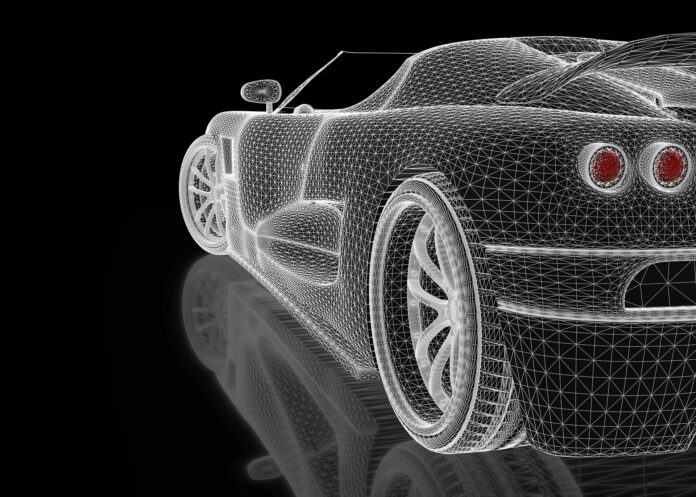
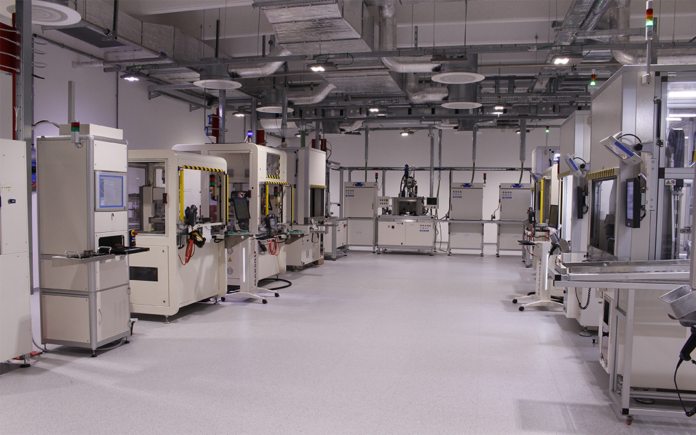
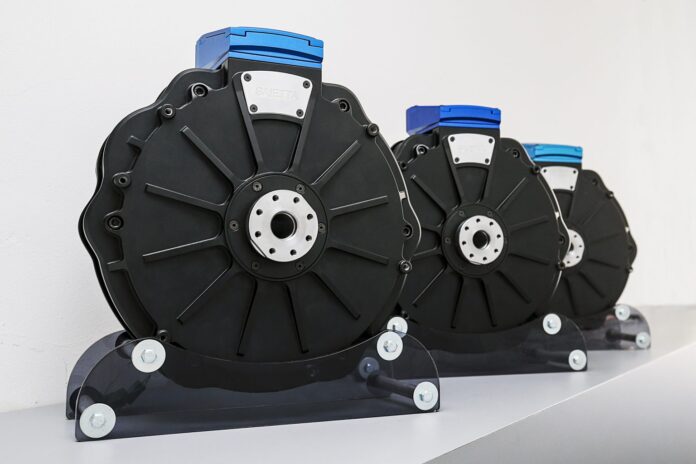

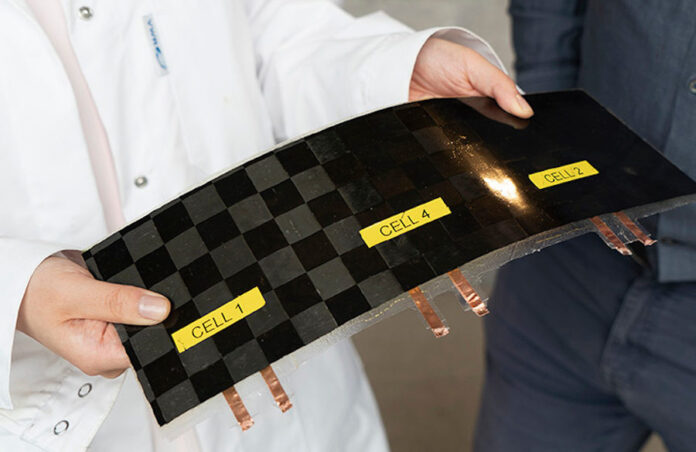

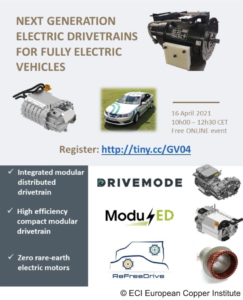 Focuses will be on functional system integration of electric machines; reduced need for rare earth magnets; integration of power electronics with battery charging functions, modular electric power train components.
Focuses will be on functional system integration of electric machines; reduced need for rare earth magnets; integration of power electronics with battery charging functions, modular electric power train components.
